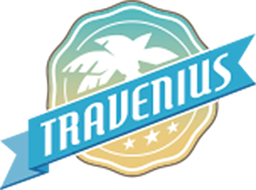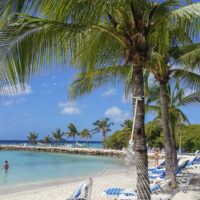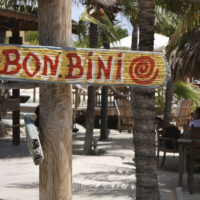Go to Cart 0,00 €
0
Aruba
General Information
Things to do
Aruba offers a lot of surprises to visitors starting with its European flair due to Aruba officially being part of the Kingdom of the Netherlands. The capital Oranjestad almost feels like little Amsterdam with Dutch style houses in pastel colors. Also the city is very walkable. If you are looking for a relaxing time on the beach Aruba has some of the most luxurious resorts in the Caribbean where you have access to sandy beaches and turquoise waters right outside your window. Manchebo Beach on the Western tip of the island is one of the finest ones (romantic sunsets).
Venture out and you will find a wide range of things to do in the interior of the island which is surprisingly dry. Unlike many other Caribbean islands Aruba does not have a lush rainforest, but exciting rock formations and options for island safaris, mountain biking and bouldering. A great idea for a day trip is Arikok National Park (off road vehicle recommended). Exciting caves and even an abandoned gold mine are worth visiting. This does not take away from the outstanding options for all kinds of water sports of course ranging from sailing trips to scuba diving. Aruba also is arguably one of the best wind and kite surfing spots in the world since it offers good winds paired with great weather all year. Druif Beach and Bushiri beach are highly recommended. Check out our guidebooks for detailed information on shops, lessons and insider tips.
Transportation to and on the island
Aruba is on the regular schedule of many major airlines serving Aruba’s “Queen Beatrix International Airport” from North America, South America and Europe. Direct flights from the US are available daily during peak season and several times a week year round from most major airports. Direct flights from Europe depart from Amsterdam. The airport even offers a special TSA service to travelers from the US making the immigration and customs procedures even easier.
If you are on a cruise and have a stop-over in Aruba, you arrive directly in the city of Oranjestad. With many shopping alternatives and restaurants in walking distance of the port you can experience some of Aruba’s great cuisine or even relax on one of the beaches without major on-shore travel.
Public transportation on the island is very reliable. “Arubus” is the government owned travel authority that offers regular service from early morning until after midnight between Oranjestad and many locations on the island including popular beaches. Tickets range from 4 USD (7 Awg) for a round trip to 10 USD (17.50 Awd) for a day pass.
Taxis are safe to use and do not operate a meter since prices a regulated by the government based on the destination. Surcharges may apply on holidays, late night or for luggage.
Climate
Due to its Southern location Aruba’s climate is considered tropical with minor variation throughout the year. Temperatures in Oranjestad range from an average low of 24°C (76°F) in January to 27°C ( 79°F) in September. The high varies between 30°C (86°F) and 32°C (90°F). Paired with constant trade winds the “feels like” temperature is usually at a pleasant level. There is little rainfall in most months and you will most likely have a sunny vacation regardless of the time of year. November and December are considered “wettest”, but even then you will most likely not experience several consecutive rainy days.
People and Culture
Besides strong Dutch influence due to its colonial heritage Aruba has its very own mix of different cultures. While Dutch has been the official language Papiamento – a language with influence from Spanish, Dutch, Portuguese, French and even some West African languages – is also official and spoken by most Arubans. Many street signs are in fact bi-lingual.
The population of Aruba is ethnically mixed between African descent and European, but also with rather strong influences from Caribbean tribes such as Arawak. In recent years immigration from Venezuela has become stronger as well as the Spanish language. Other minorities speak their respective languages such as French, German, or Portuguese which adds to the diversity or the island’s population.
As a main cultural festivity Carnival is celebrated on the island during the weeks before Ash Wednesday. If you do not visit in the Carnival season check out the Bon Bini Festival in downtown Oranjestad that is held every Tuesday evening. It is a small show with costumes, music, dance and local food. Kids are welcome.
History
Prior to the arrival of European explorers on Aruba around 1500 settlers from the Arawak tribes are believed to have crossed the Caribbean Sea from nearby Venezuela. First colonial power on the island was Spain and changed rule to the Netherlands in 1636. With short interruptions it has been part of the Kingdom of the Netherlands ever since. In the 18th and 19th century several different industries were established in Aruba including gold mining and agriculture. Remains of the gold mine can still be visited today.
Geography & Geology
The island of Aruba is located about 25km (15mi) north of Venezuela in the South Western part of the Caribbean Sea. It is often referred to as the “A” in the ABC islands that it forms with Bonaire and Curacao. While the East coast of the island is the rougher part due to stronger currents and waves it is also quite unspoiled and offers its very own beauty. Most touristic attractions are located in the West where beaches are white and sandy and the currents are less strong.






